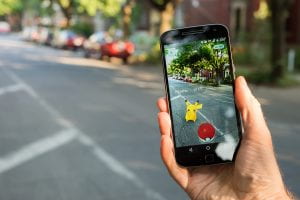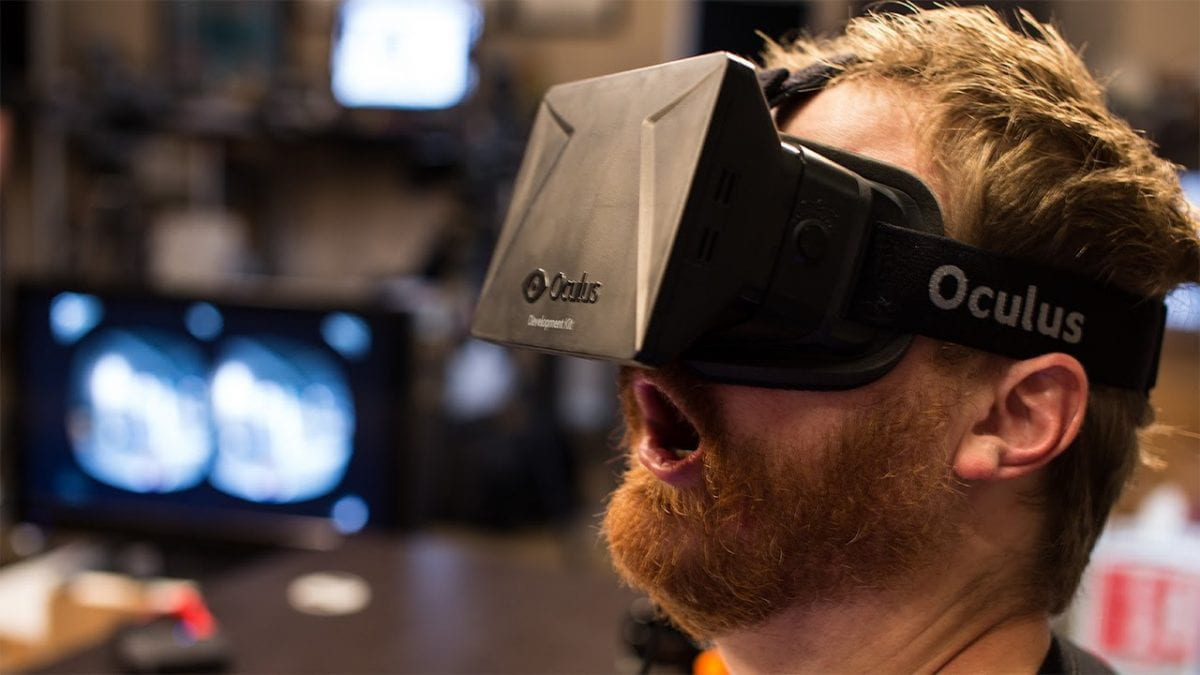Millions of people went crazy for Pokemon GO in 2016, venturing into private and public locations to catch Pokemon characters that were only visible to them. The game Pokémon GO was the first to introduce the public to the concept of augmented reality (AR).

AR users can see the real world as it is, but with visible digital images overlayed such that the images appear to be part of the real environment.
There’s also virtual reality, which goes beyond augmented reality (VR). Users can enter a virtual environment and move around and interact with it as if it were the real world by wearing a headset.
“Around 25 million people in the United States consider themselves to be active video gamers. The sector is worth $30 billion in the United States and $90 billion globally. It has its own popular television network, Twitch.tv, and in 2015, the finals of a League of Legends tournament drew more viewers than the NBA basketball finals. In the last year, over $1 billion in income was produced by Pokémon Go alone.”
AR and VR, on the other hand, raise legal issues for courts, businesses, and users. People will use AR and VR to kill and die, and some have already done so. They will harm themselves as well as others. Players have already fallen down a cliff or walked into oncoming traffic while playing Pokémon GO. Some will take advantage of the technology to threaten or scam others. To determine who is to blame, courts will need to grasp the technology and how it varies from the world before it.
CRIMES. In the real world, people sexually harass strangers and expose themselves indecently; there’s no reason why they wouldn’t do it in virtual reality. They are undoubtedly more likely to do so if they believe it will be difficult for law authorities to apprehend them. That ambition, though, may be difficult to fulfill. Extradition’s additional hurdles are likely to outweigh the greater ease of proving. As a result, traditional police forces may effectively ignore numerous VR street crimes. Suspension or exclusion from the virtual reality environment will most likely be the consequences. Participants who have been kicked off can simply re-enter by generating a new user ID.
The exhibitionist would almost probably be charged with indecent exposure or public lewdness if this happened in real life. Is it possible to apply the same law to virtual reality? Would you expect police forces to welcome the prospect of extraditing a person from another state or county simply because their internet avatar is nude? Because the exchanges may occur in multiple physical jurisdictions, it will be more difficult to regulate them effectively. As a result, police arrests and prosecutions will become more expensive, and law enforcement will be less willing to intervene. This is especially true in circumstances where there appears to be no “real” harm. As a result, police will be less likely to take this issue seriously, leaving VR users to fend for themselves.
We may see crimes and other issues occur in VR without the legal system doing anything about it since enforcement will be too tough for the less serious crimes that are likely to be witnessed in VR and AR. To the layperson, virtual reality is merely a game. Courts and police departments may determine that the wrongdoing took place within the game or server and is a personal matter. The VR data will be owned by commercial corporations, who will impose terms of use that bind users and disclaim liability for harm. As a result, police will be even more hesitant to act. The capacity of VR and AR operators to contractually waive liability, together with 47 U.S.C. 230, will certainly deter lawsuits against them.
Virtual reality and augmented reality will also test our understanding of what constitutes speech, which is protected by the First Amendment, and what constitutes non-speech activity that requires regulation. Is nudity on a drive-in screen, speech, the same as indecent exposure, conduct? In the physical world, the basic distinction between words and actions makes sense because we believe that the harm that words may inflict at a distance is generally smaller and easier to avoid than the harm that physical touch can cause.
Virtual reality and augmented reality, on the other hand, are designed to make conveyed pictures and sounds feel as real as possible. They challenge our perception of reality because they blur the cognitive boundaries between imagery and physical existence. People react as if they’ve been slapped in the face when they receive a virtual slap. The reaction is intuitive; it is not based on actual physical contact, but it seems real in a way that words or images outside of VR do not.
With respect to injury in the actual and virtual worlds, VR and AR will offer legal challenges that may necessitate adjusting existing doctrines or changing legal laws. Now, I’d like to pose a question to you. Virtual reality isn’t “real” in the traditional sense. We see data that has been stitched together to create artificial audio and video. It does, however, feel real in a way that is difficult to explain until you’ve experienced it. The same might be said about augmented reality if it can overlay vibrant and lifelike representations of people and objects over the real-world reality we experience. Do you think we should punish specific types of conduct if a VR/AR misconduct experience feels genuine and has significant emotional and physiological consequences? How would you differentiate between virtual reality and physical wrongdoing in terms of punishment?


